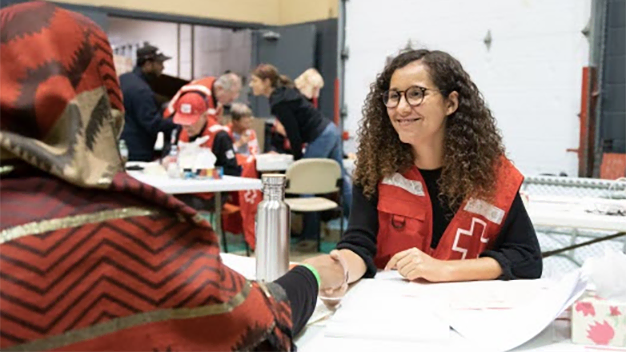Making an impact
As a part of the largest humanitarian network in the world, the Canadian Red Cross (CRC) provides essential support to people and communities across Canada and around the world in times of need. The organization provides health services, first aid programs, education on violence prevention, and support to those impacted by emergencies and disasters.
Established in 1909, CRC is primarily funded by public donations. During its 2022 fiscal year, the charity brought in around $95 million in fundraising from the public. “We are reliant on public donations to run our programs in Canada and all over the world,” said Andrew George, Director of Direct and Integrated Marketing at CRC. “My main priority is revenue and making sure we meet our fundraising goals.”
Siloed channels and visibility constraints
CRC has numerous channels where donation revenue flows into the charity, including its website, email, SMS, telemarketing, direct mail and its contact center. With these touchpoints working independently of each other, the organization lacked visibility into the donor journey and the ability to create a seamless customer experience. And CRC couldn’t see where or why donor fallout was happening. It wanted to leverage journey analytics capabilities to identify and reengage with donors who abandoned their carts during the donation process.
“We had a major channel silo issue, particularly with our direct marketing channels,” said George. “All of the channels did a good job of engaging and converting donors, but nobody had any view on how it all worked together. It led to an incongruent donor experience.”
The CRC marketing team wanted to integrate data from all its customer touchpoints into one view so it could see how donors were interacting with the organization — across channels and over time. Its goal was to visualize the donor journey and link donor behavior to key operational and experience metrics. With limited resources, any solution they chose had to be user friendly, so it wouldn’t require the work of data scientists, while also yielding a high return on investment.
“As a nonprofit, we are under tight controls over how we spend money,” said George. “Before we invest in new solutions, we have to be able to demonstrate impact.”










